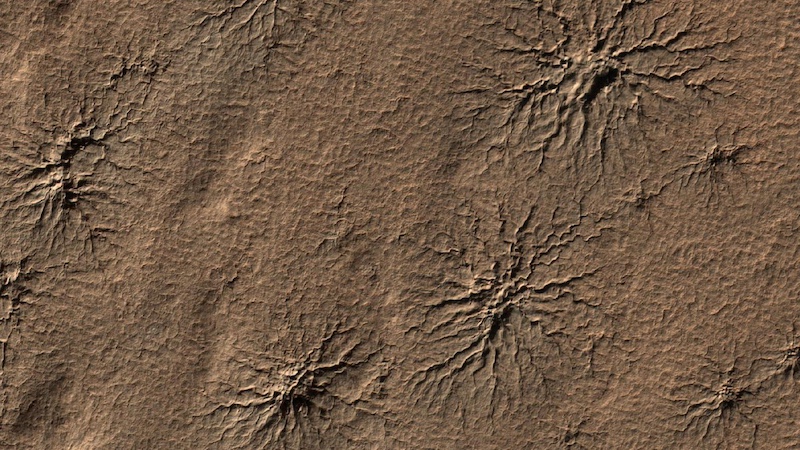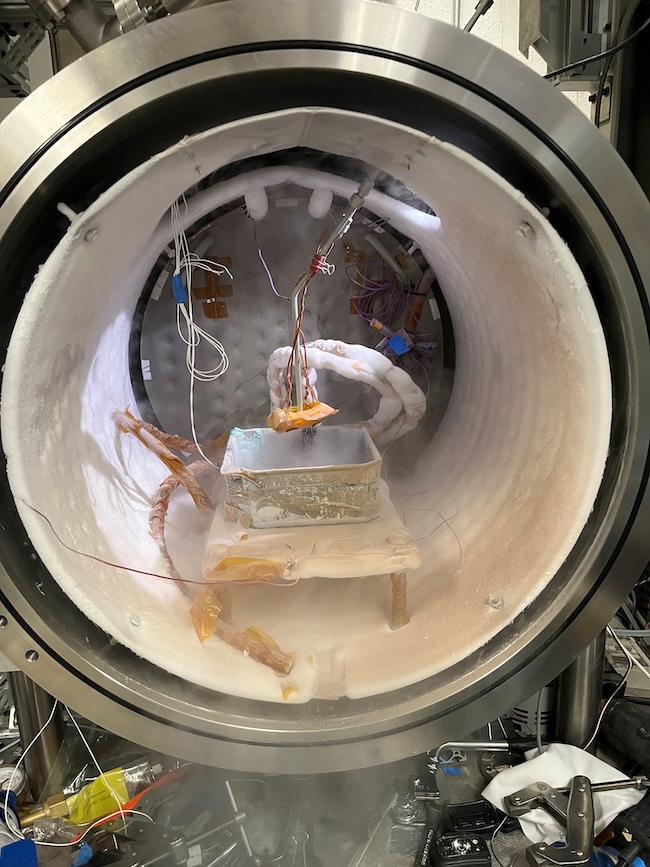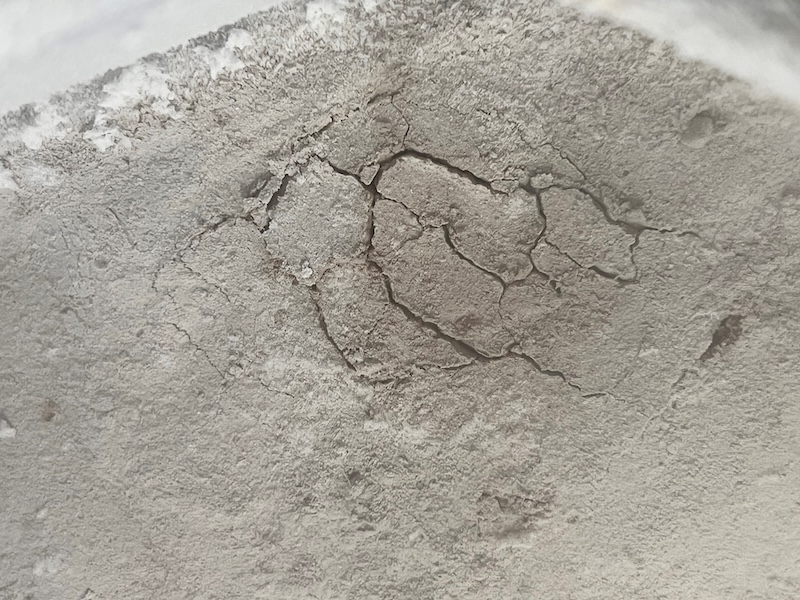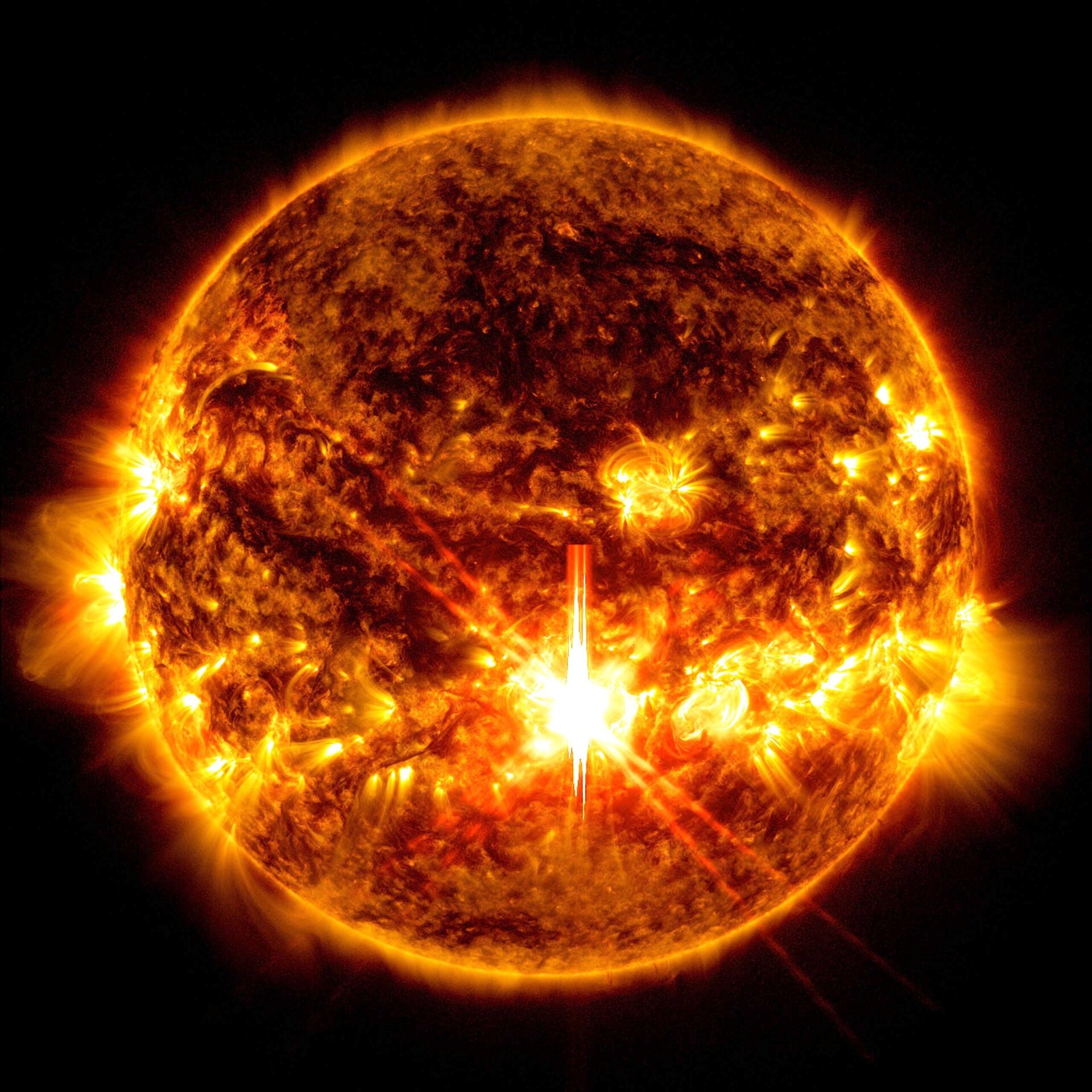[ad_1]

- Martian “spiders” are unusual geologic formations. Spacecraft have spotted the spiders in Mars’ south polar regions. They resemble giant spiders with many branching “legs.” How do they form?
- Scientists have now recreated the processes involved in a laboratory for the first time. The results seem to confirm the carbon dioxide theory of how the spiders form.
- Carbon dioxide gas erupts though cracks in overlaying ice layers. The gas plumes carry dust and soil, which fall to the surface and carve out the spider-like shapes in the ground.
The source of Martian ‘spiders’
Did you know there are spiders on Mars? But unlike their earthly counterparts, these are geologic formations. Scientists say they are caused by bursts of carbon dioxide gas escaping from beneath layers of ice. The gas – mixed with dark dust and sand – carves out the spider-like shapes in the ground. On September 11, 2024, a team of NASA scientists said it recreated the spiders in a lab for the first time. They duplicated the processes involved under simulated Martian conditions and successfully created formations that resemble those on Mars.
The researchers published their peer-reviewed study in The Planetary Science Journal on September 11.
The ‘spiders’ of Mars
The Martian “spiders” have intrigued scientists ever since they were first discovered in 2003. Basically, they are cracks in the terrain resembling the long legs of spiders, sometimes filled with carbon dioxide ice. Often they are in clusters, and they typically range from about 150 feet (45 meters) to 1/2 mile (almost 1 km) in size. And truly, they do look like giant spiders crawling across the landscape!
But their origin is geological, not biological. The leading theory has been that they form when carbon dioxide gas bursts in geyser-like jets to the surface from beneath a layer of carbon dioxide ice. The ice layers are transparent, and sunlight can heat the soil below them. Since the soil is darker, it absorbs the heat.
The ice adjacent to the warming soil doesn’t melt, it sublimates. That is, it turns directly into a gas. The gas creates pressure and eventually the ice starts to crack. The gas can then escape, and it takes dark dust and soil with it as it bursts into the atmosphere. The blowing dust and sand fall onto the Martian surface and help carve out the spider-like cracks in the ground. Notably, the paper said the cracks form within the soil, instead of just from scouring on the surface. The shapes are also still visible as scars on the surface after the rest of the ice sublimates in the warmer spring.
The sprawling spiders are a uniquely Martian phenomenon. Lead author Lauren Mc Keown at NASA’s Jet Propulsion Laboratory in California said:
The spiders are strange, beautiful geologic features in their own right. These experiments will help tune our models for how they form.
Testing how the Martian ‘spiders’ form
The researchers wanted to test the widely accepted theory that carbon dioxide gas creates the spiders. They based the tests on what is called the Kieffer model. The paper explained:
The Kieffer model is a widely accepted explanation for seasonal modification of the Martian surface by CO2 ice sublimation and the formation of a “zoo” of intriguing surface features. However, the lack of in situ observations and empirical laboratory measurements of Martian winter conditions hampers model validation and refinement.

DUSTIE
Part of the experiments involved re-creating Martian surface conditions. This included the very low air pressure – less than 1% of Earth’s at sea level – and temperatures as low as -301 degrees Fahrenheit (-185 C). The researchers used a liquid-nitrogen test chamber about the size of a wine barrel called DUSTIE (Dirty Under-vacuum Simulation Testbed for Icy Environments). Mc Keown said:
I love DUSTIE. It’s historic.
Previously, scientists had used DUSTIE to test a prototype of a rasping tool for the Mars Phoenix lander. Phoenix landed near the Martian north polar region in 2008.
The researchers created a Martian soil simulant, about 0.8 inches (2 cm) thick, for the tests. They placed it in a container that was then submerged in a cold liquid nitrogen bath. Next, they placed it in the DUSTIE chamber. The air pressure in the chamber was calibrated to be similar to that in Mars’ southern hemisphere.
Lastly, the research team pumped carbon dioxide gas into the chamber. In only three to five hours, it condensed into ice.
The researchers had to repeat the experiment multiple times to get the simulated conditions just right. Once they did, they placed a heater beneath the ice to warm it.
In this video, a small plume of carbon dioxide gas erupts from the simulated Martian soil, creating a hole in the process. Video via NASA/ JPL-Caltech.

Recreating Martian ‘spiders’
And then it happened. The ice started to crack, and a plume of carbon dioxide gas vented from the simulated soil. It was a happy surprise for the scientists, who had been trying to do this for five years. As Mc Keown stated:
It was late on a Friday evening and the lab manager burst in after hearing me shrieking. She thought there had been an accident.
The plumes of gas created holes in the simulated soil, depositing some of the darker soil around them, just like what happens on Mars. This continued until all of the gas was released, taking about 10 minutes overall.
The researchers also observed something else unexpected. Ice formed between the grains of the simulated soil. This had the effect of “cracking” the soil. This seemed to depend, however, on how big the grains were and how deep ice was embedded in the soil. Study co-author Serina Diniega, also at the Jet Propulsion Laboratory, said:
It’s one of those details that show that nature is a little messier than the textbook image.
Future testing
The researchers will continue doing additional tests as well. They want to try heating the soil just beneath the ice using simulated sunlight instead of a heater. That will help them pinpoint just what conditions are necessary for the spiders to form on Mars. It will also help answer lingering questions. Why don’t the spiders grow in size and number over time? Why are they only in some locations on the planet and not others?
Another recent study showed Mars’ two polar ice caps differ from each other. This includes visually striking “fans” of dark dust that form as the dust and soil are blown out from spider formations by winds in the south polar region.
Bottom line: NASA scientists say they have confirmed a theory about how Martian ‘spiders’ form in the southern polar regions: erupting bursts of carbon dioxide gas.
Source: A Lab-scale Investigation of the Mars Kieffer Model
Via NASA
Read more: See the Martian spiders of Inca City in new images
Read more: Why are Mars’ polar caps different from each other?
[ad_2]
Source link





No comments! Be the first commenter?